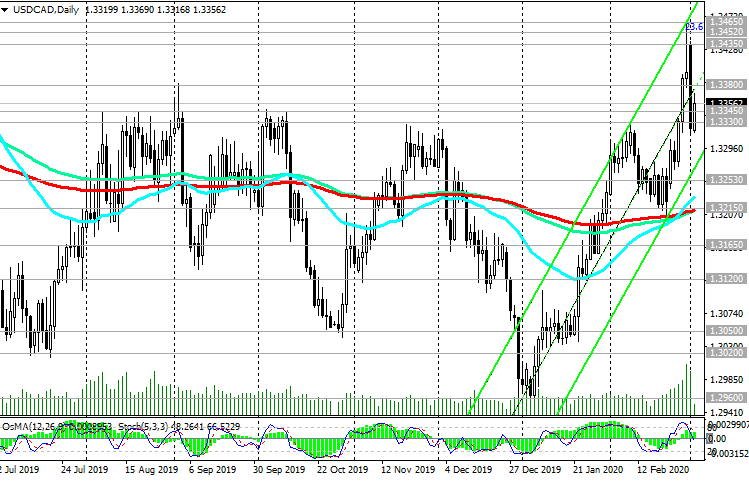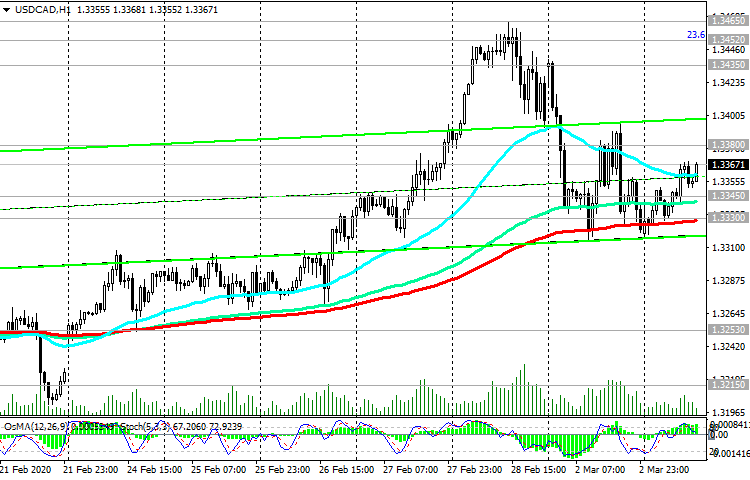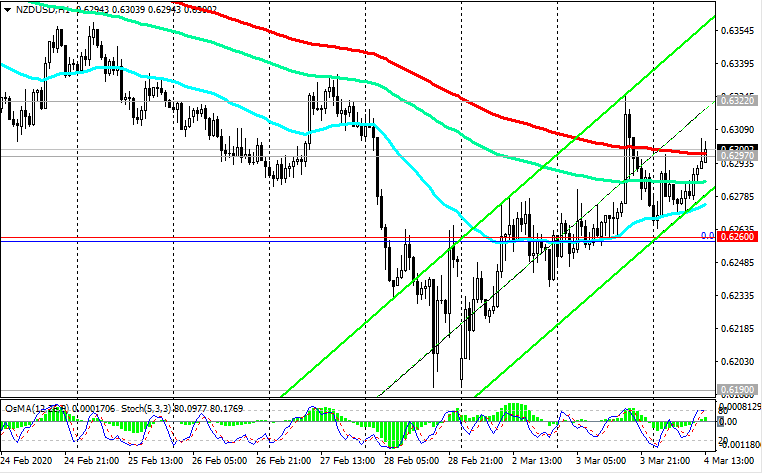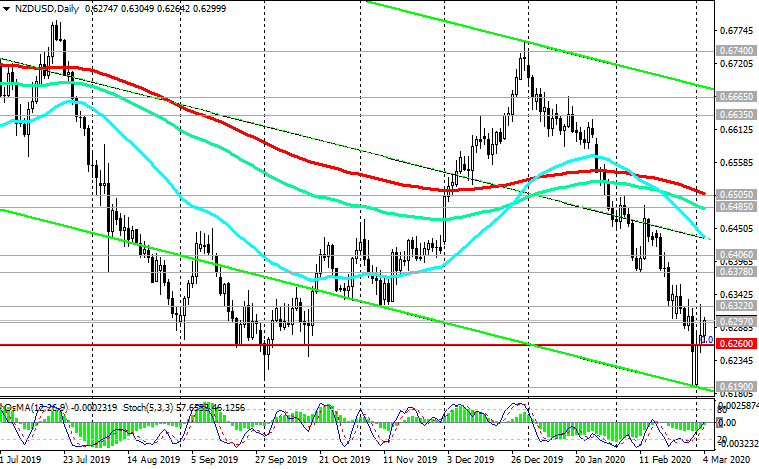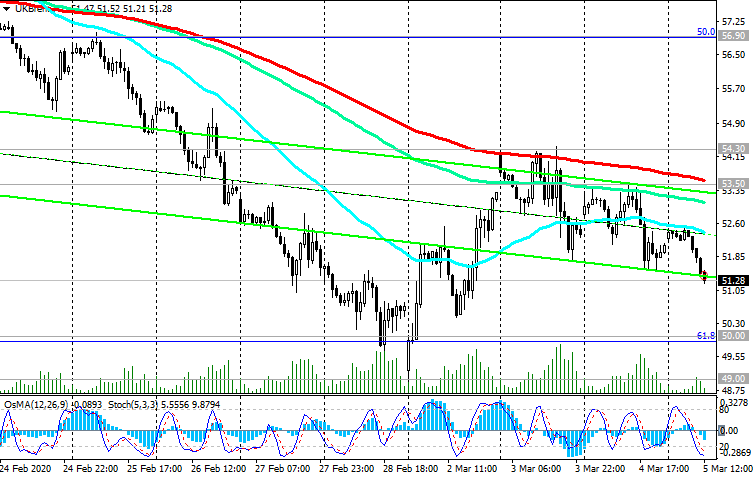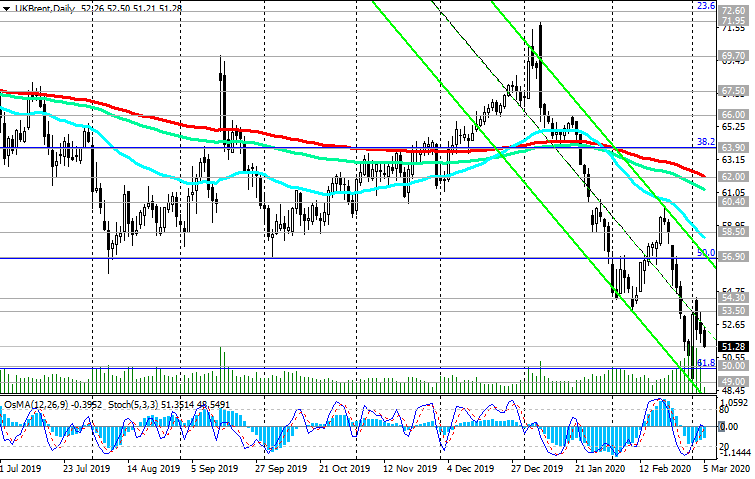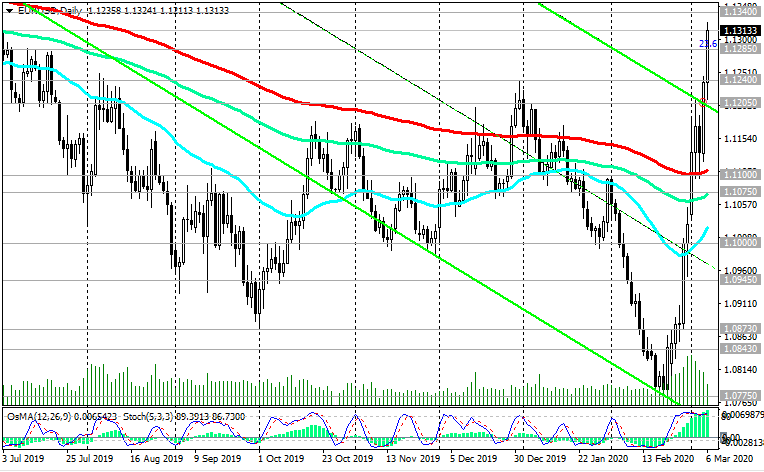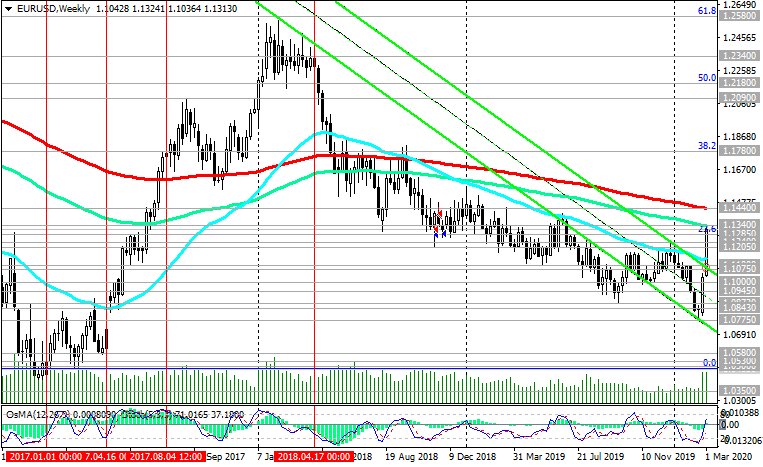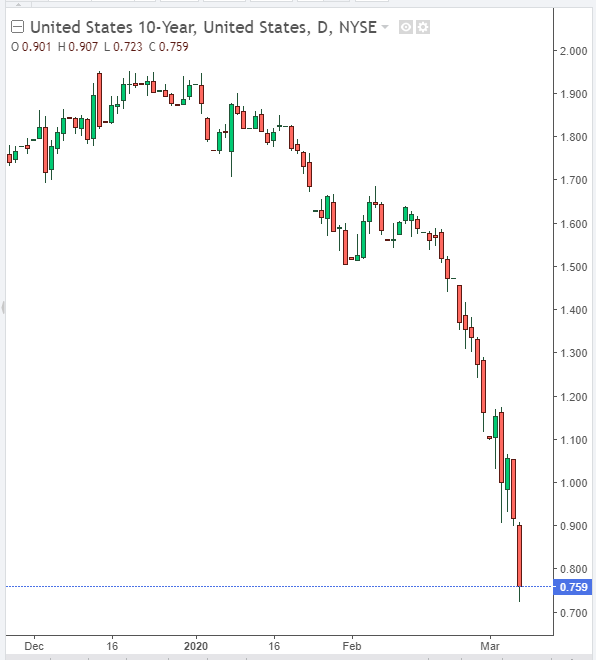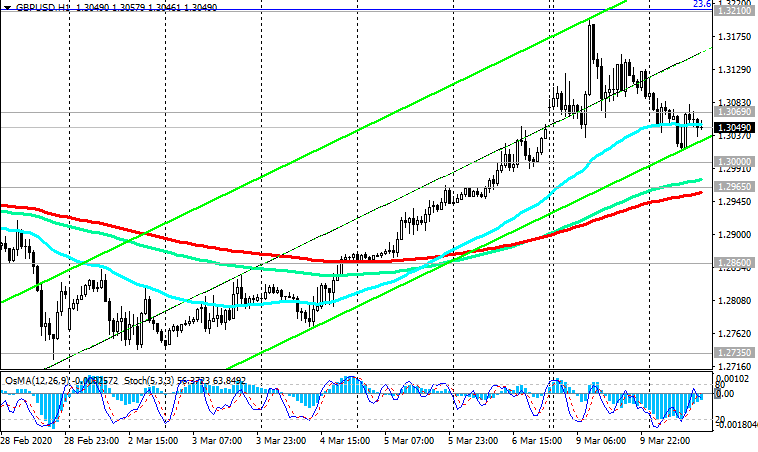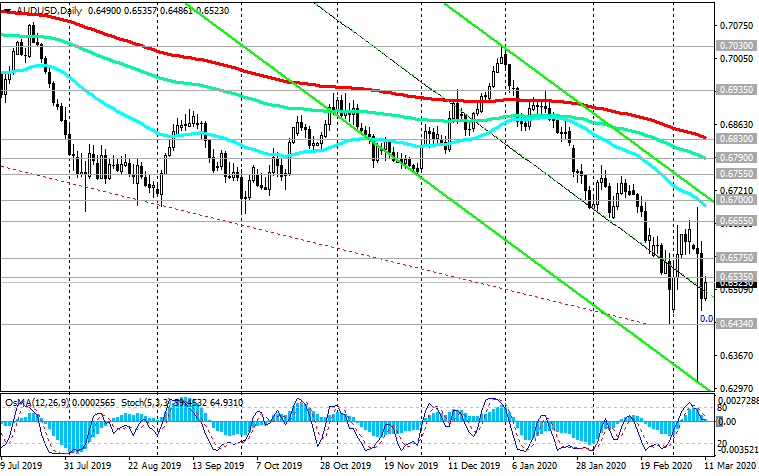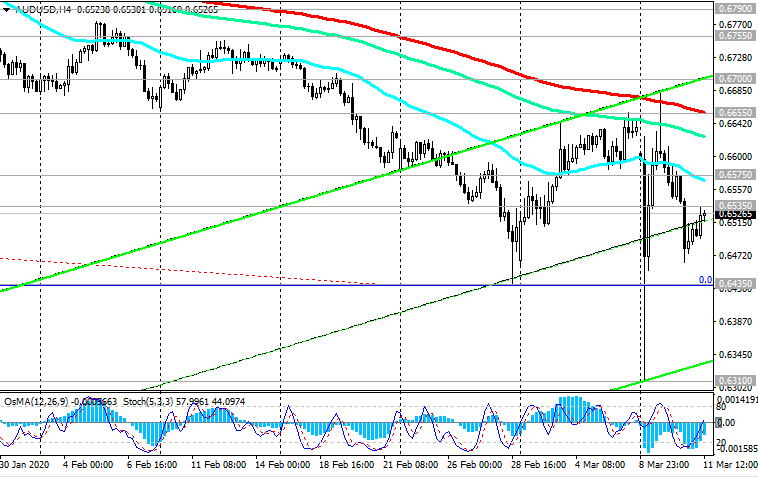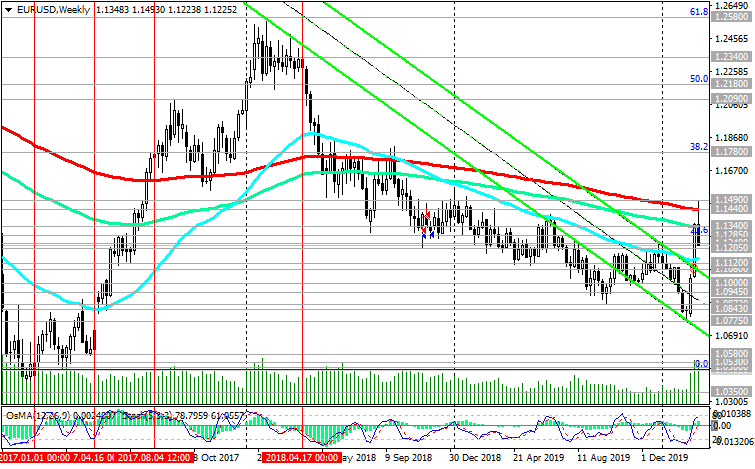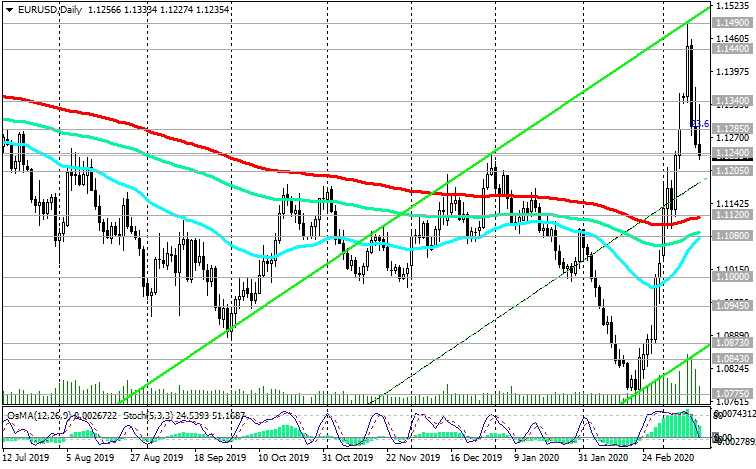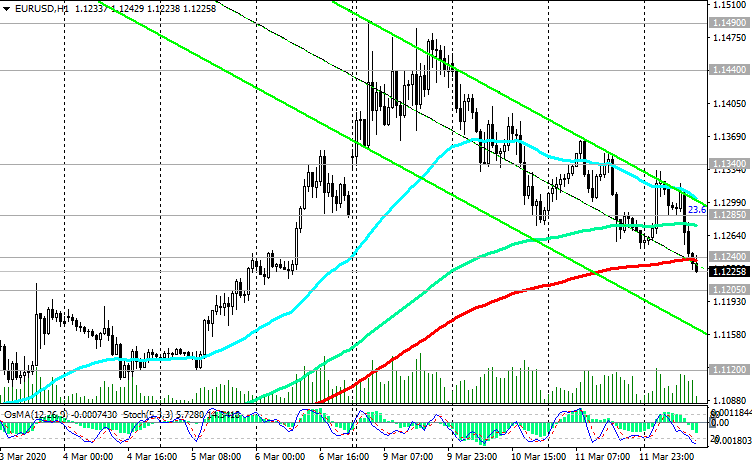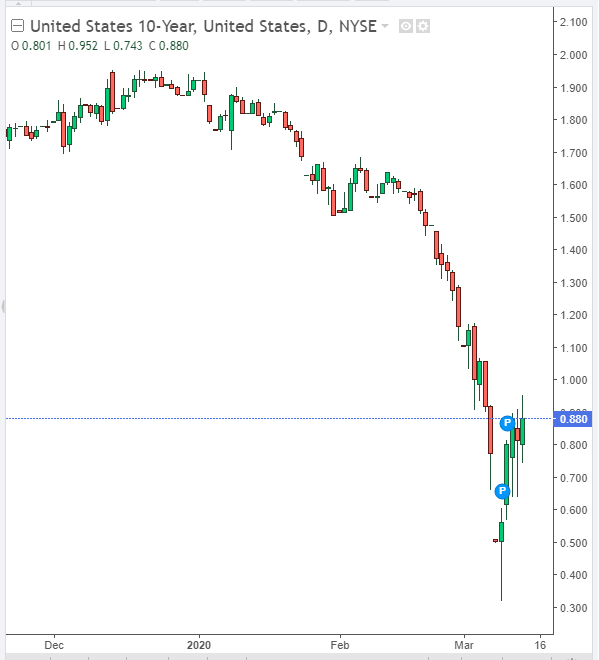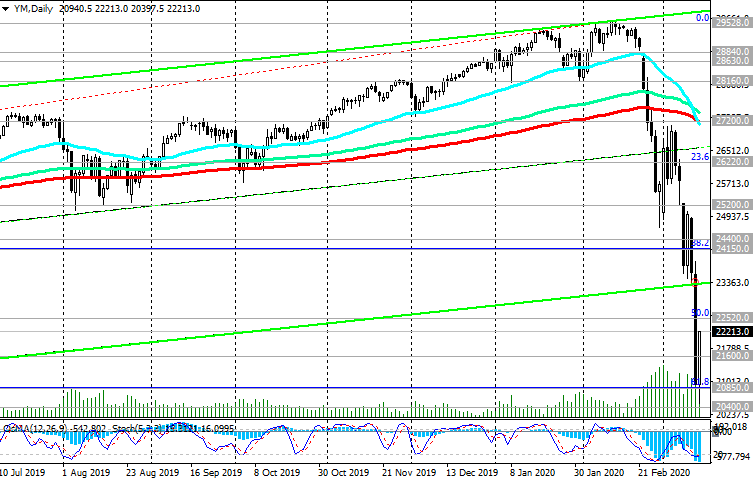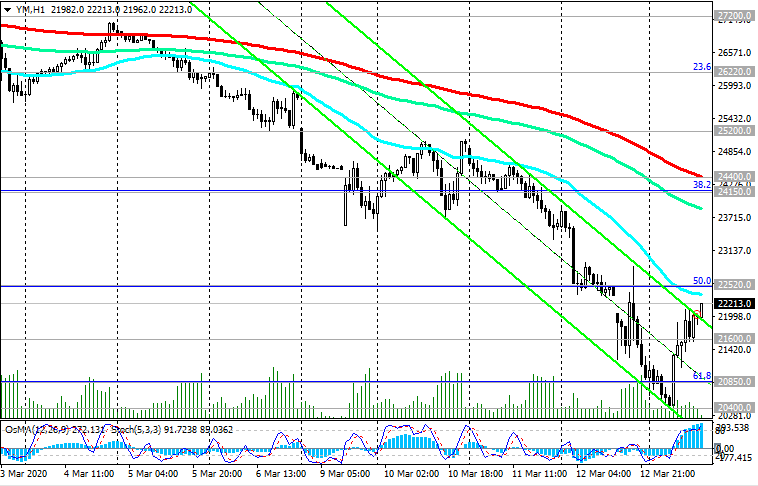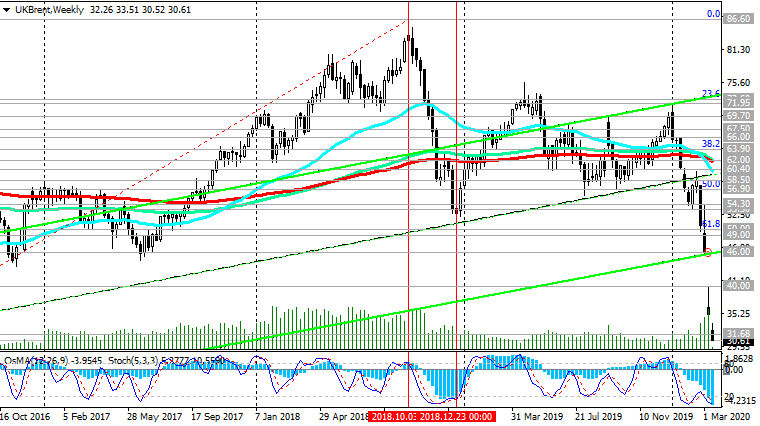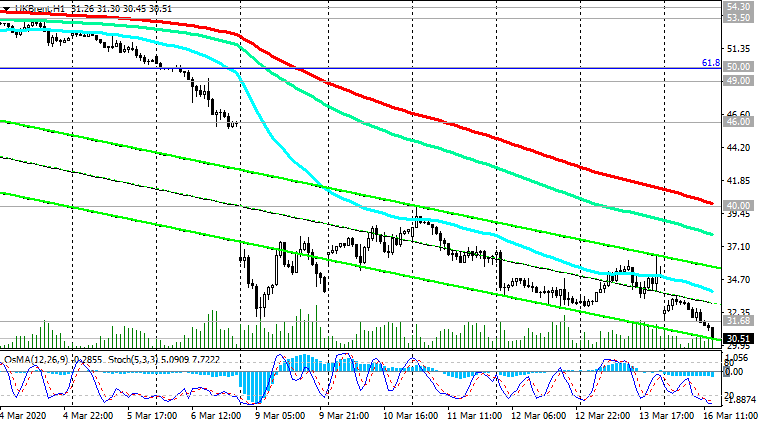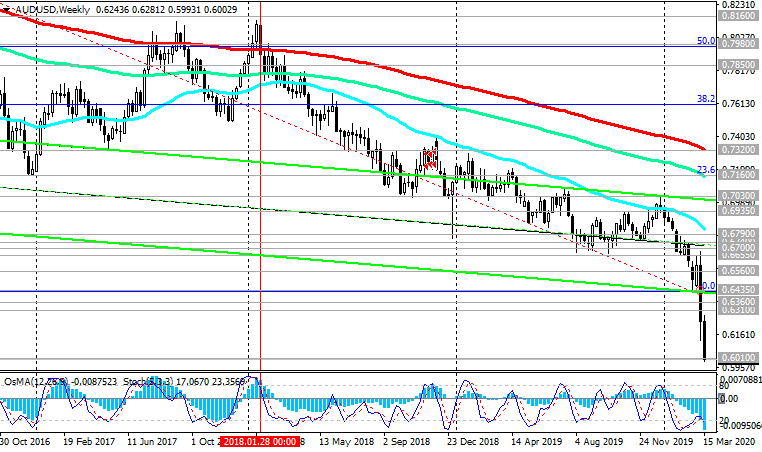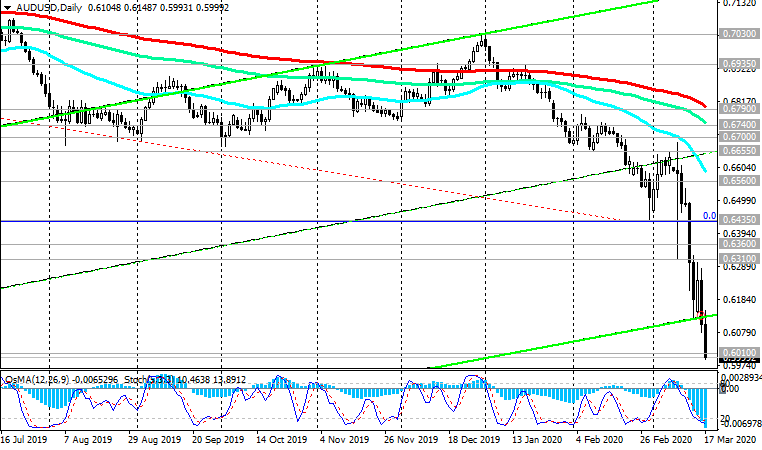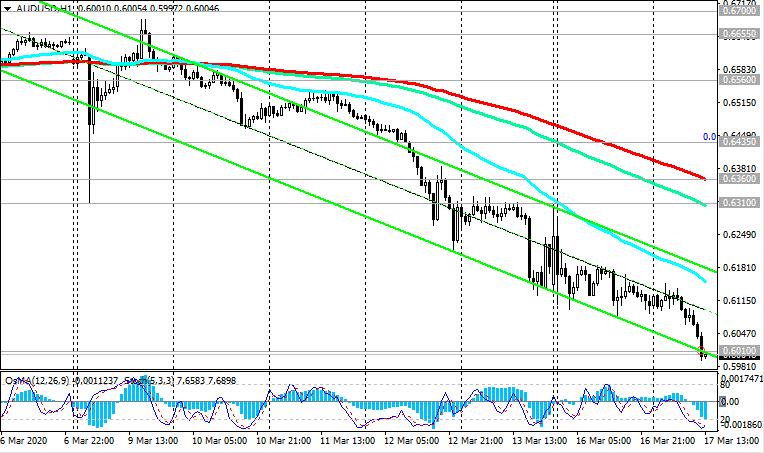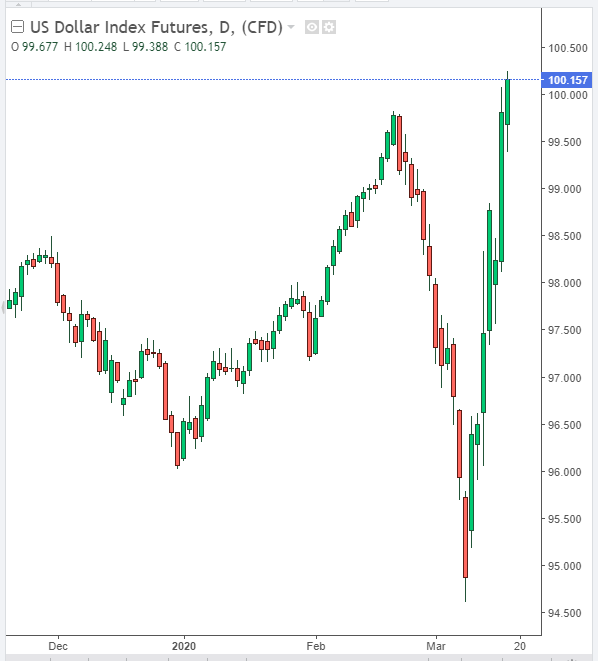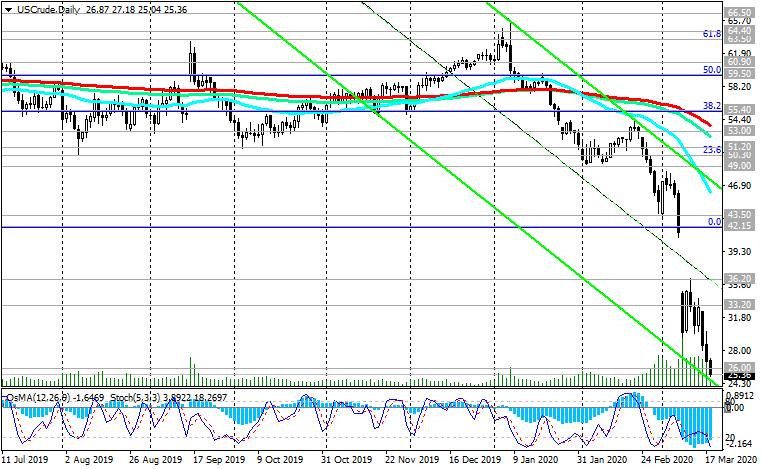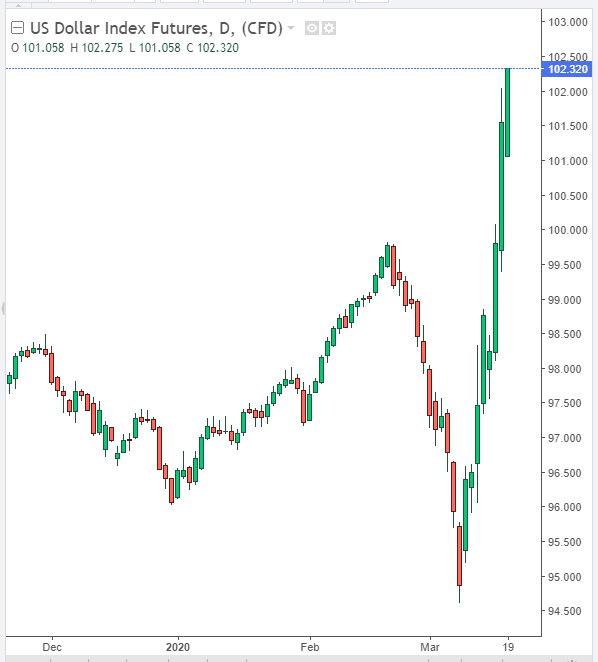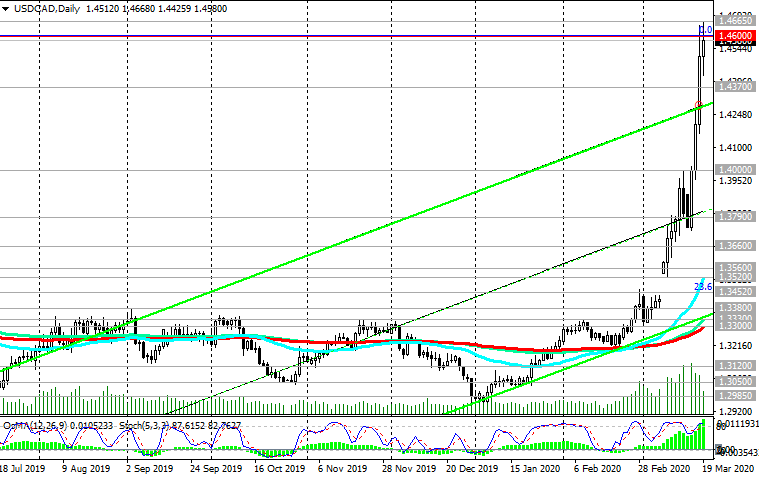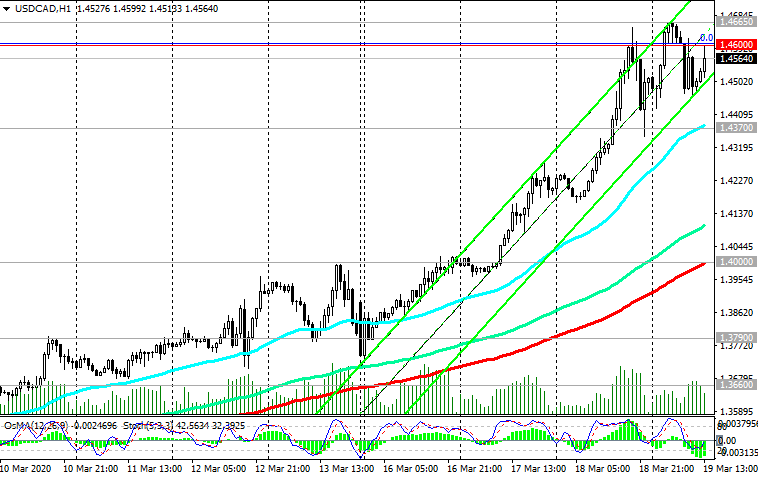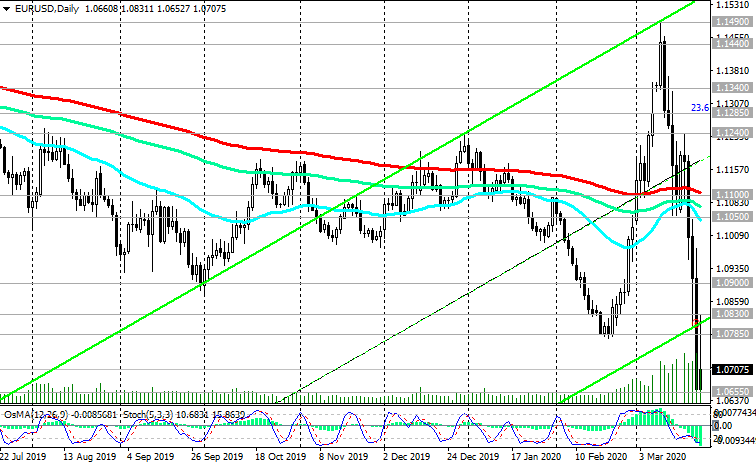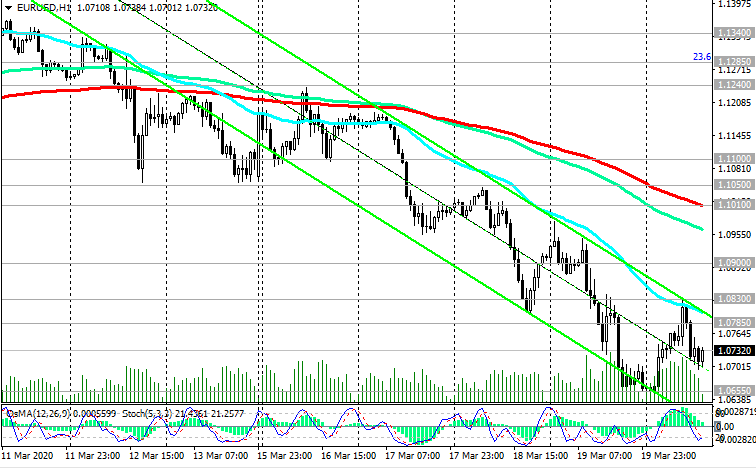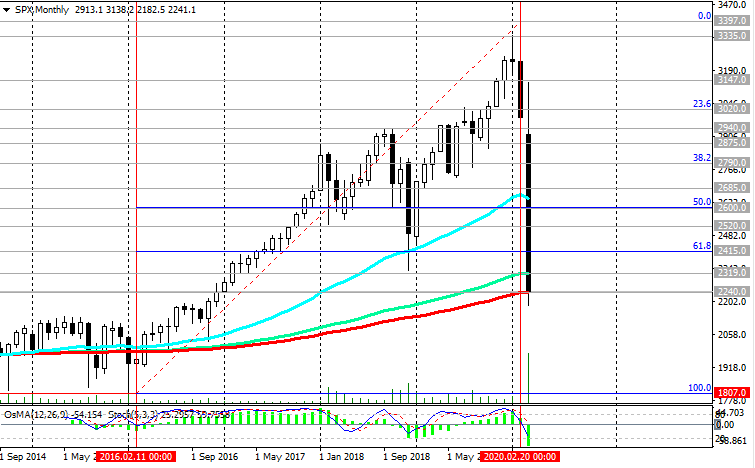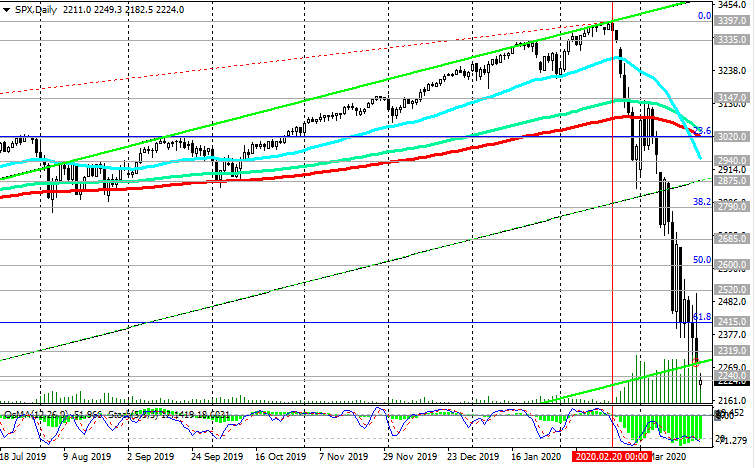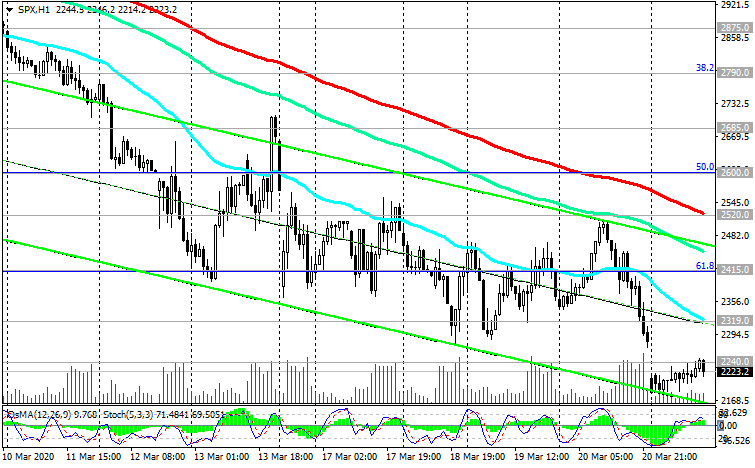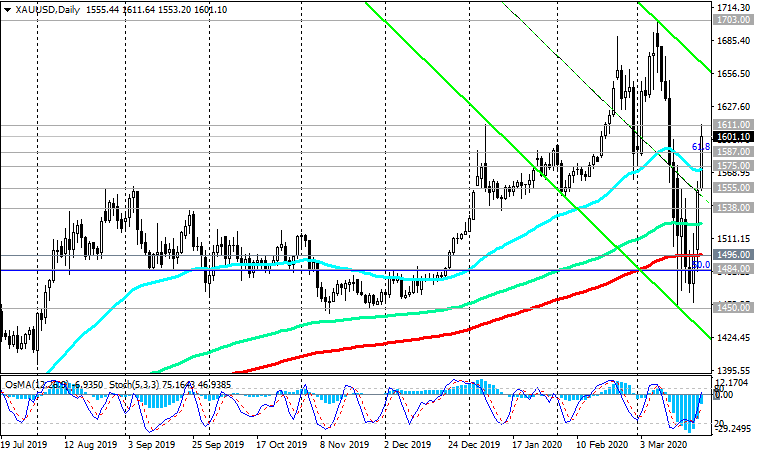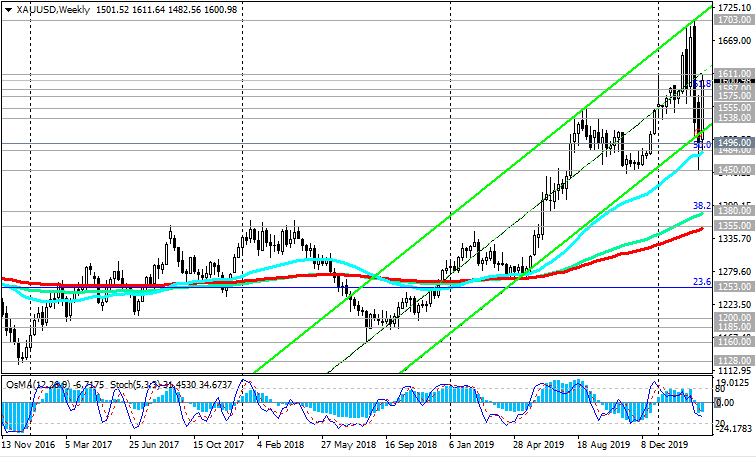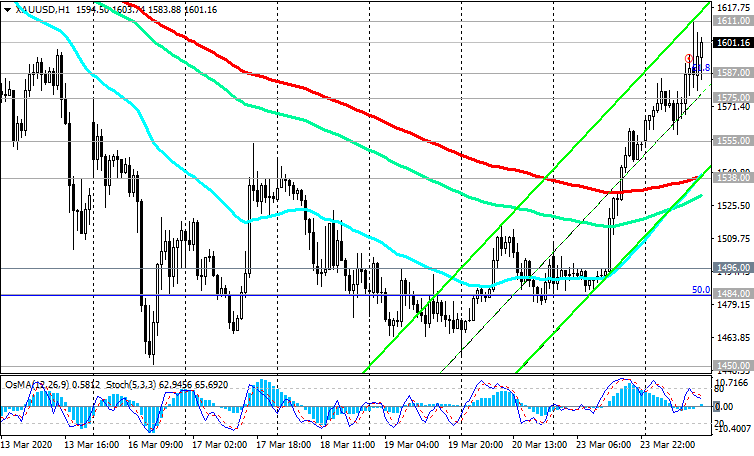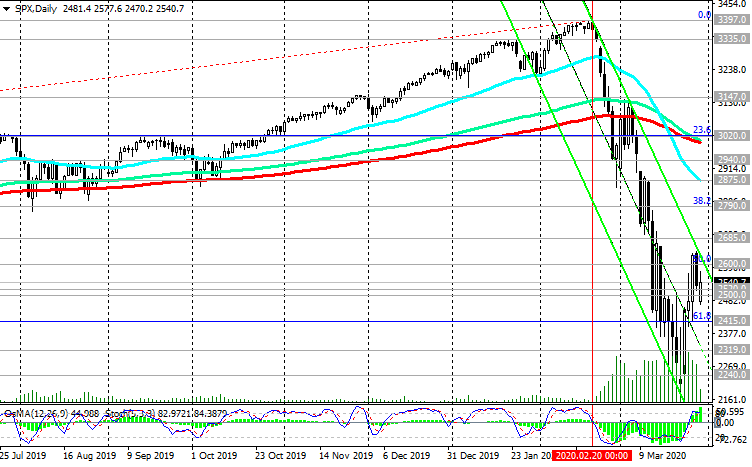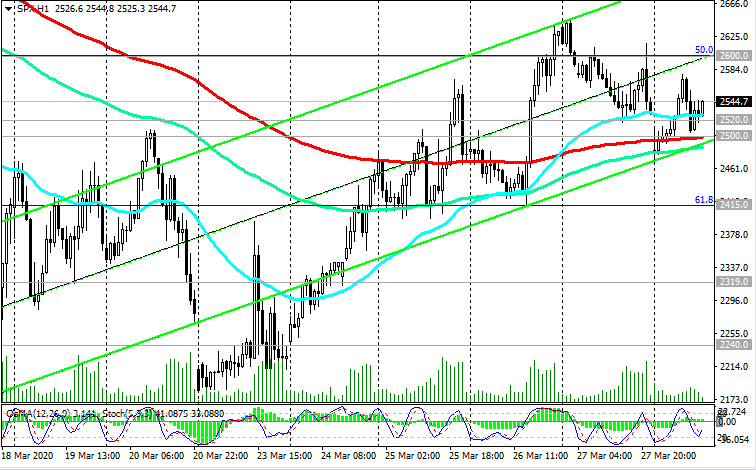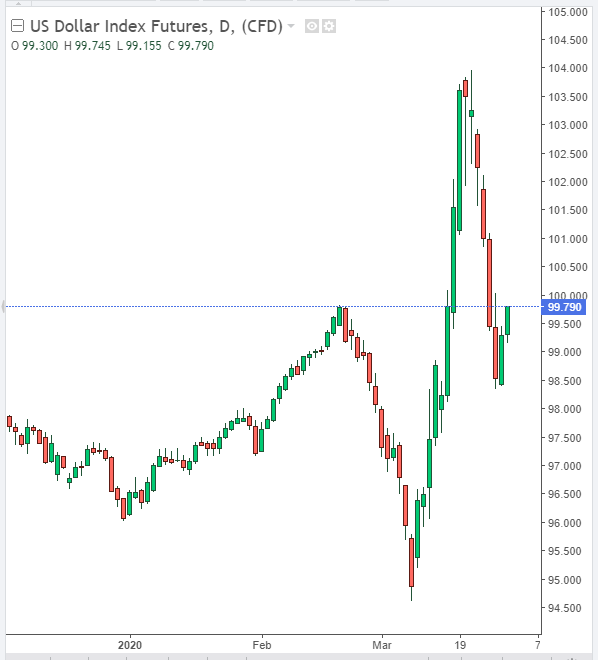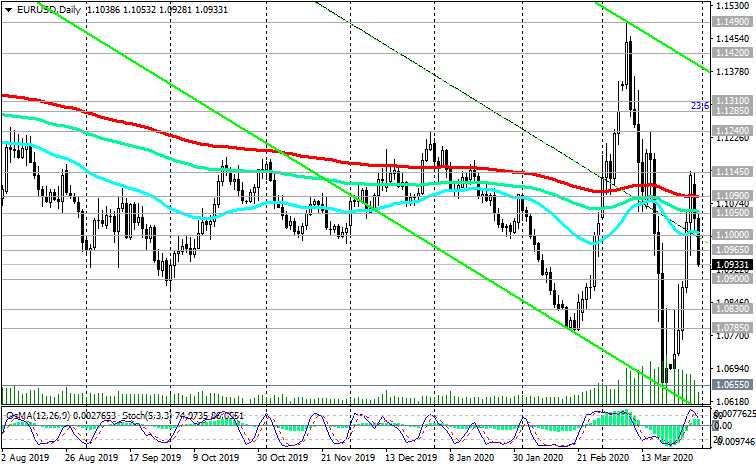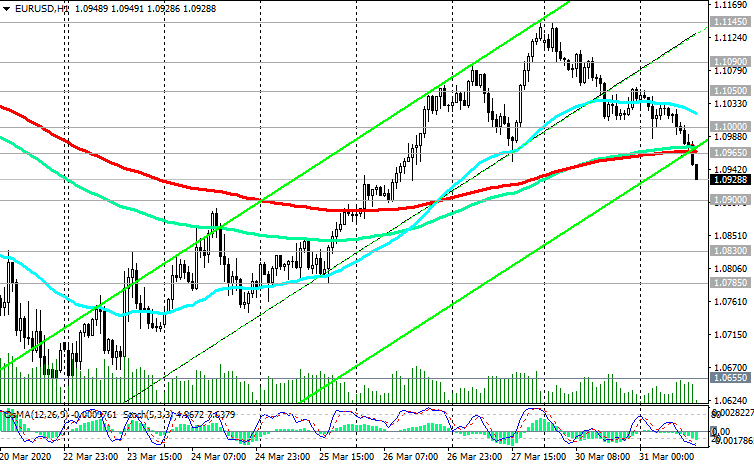TifiaFX
Established member
- Messages
- 641
- Likes
- 0
AUD/USD: commodity currencies strengthened on Monday
02/03/2020
During the Asian session on Monday, the AUD / USD pair rose by 1.3% to 0.6550, which is 115 points higher than the minimum reached last Friday.
Some economists and investors are beginning to gradually realize that fears of a global coronavirus pandemic and a fall in global stock indices have turned out to be excessive.
Moreover, some leaders of global central banks have made it clear that central banks will support the economy if necessary.
Jerome Powell, chairman of the US Federal Reserve, made it clear on Friday that the central bank is preparing to lower interest rates to support the economy in light of the spread of coronavirus.
On Monday, Bank of Japan Governor Haruhiko Kuroda said the central bank is closely monitoring the development of the situation around the coronavirus and "will be able to provide enough liquidity, as well as ensure the stability of financial markets through market operations and asset acquisitions".
Market participants will be waiting for the results of the meetings of the central banks of Australia and Canada, which will be held this week. Some investors and economists expect the RBA to cut rates by 25 basis points on Tuesday, and then continue to cut rates in April.
If the RBA takes this step, then other major central banks may follow suit. The decision on the RBA interest rate will be published on Tuesday at 03:30 (GMT).
On Monday, AUD / USD is growing, trying to develop a correction into the zone above the short-term resistance level of 0.6587 (ЕМА200 on the 1-hour chart).
In case of its breakdown, correctional growth will continue to resistance levels of 0.6670, 0.6700 (ЕМА200 on the 4-hour chart).
A signal for the resumption of decline may be a breakdown of the short-term support level of 0.6535 (EMA200 on the 15-minute chart).
Below the key resistance level of 0.6850 (ЕМА200 on the daily chart), the downward global trend of AUD / USD prevails.
Support Levels: 0.6535, 0.6500, 0.6434, 0.6400, 0.6300
Resistance Levels: 0.6587, 0.6670, 0.6700, 0.6755, 0.6810, 0.6850
Trading Recommendations
Sell Stop 0.6530. Stop-Loss 0.6590. Take-Profit 0.6500, 0.6434, 0.6400, 0.6300
Buy Stop 0.6590. Stop-Loss 0.6530. Take-Profit 0.6670, 0.6700, 0.6755, 0.6810, 0.6850
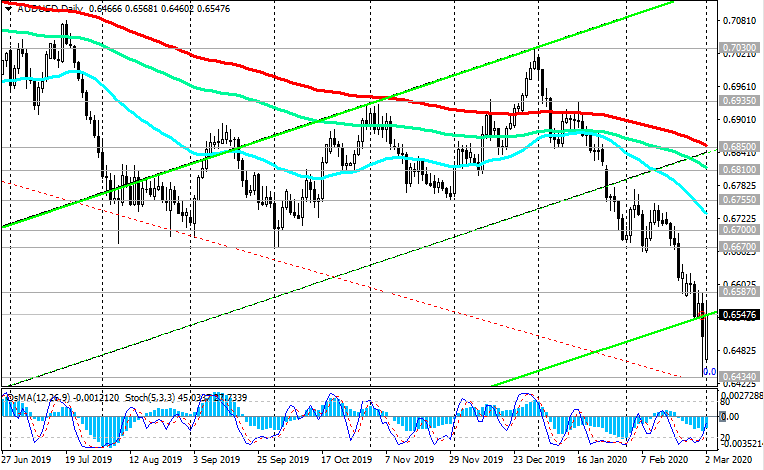
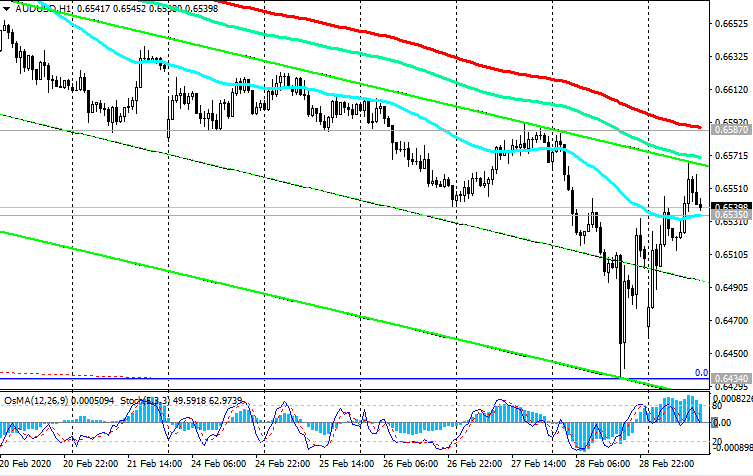
02/03/2020
During the Asian session on Monday, the AUD / USD pair rose by 1.3% to 0.6550, which is 115 points higher than the minimum reached last Friday.
Some economists and investors are beginning to gradually realize that fears of a global coronavirus pandemic and a fall in global stock indices have turned out to be excessive.
Moreover, some leaders of global central banks have made it clear that central banks will support the economy if necessary.
Jerome Powell, chairman of the US Federal Reserve, made it clear on Friday that the central bank is preparing to lower interest rates to support the economy in light of the spread of coronavirus.
On Monday, Bank of Japan Governor Haruhiko Kuroda said the central bank is closely monitoring the development of the situation around the coronavirus and "will be able to provide enough liquidity, as well as ensure the stability of financial markets through market operations and asset acquisitions".
Market participants will be waiting for the results of the meetings of the central banks of Australia and Canada, which will be held this week. Some investors and economists expect the RBA to cut rates by 25 basis points on Tuesday, and then continue to cut rates in April.
If the RBA takes this step, then other major central banks may follow suit. The decision on the RBA interest rate will be published on Tuesday at 03:30 (GMT).
On Monday, AUD / USD is growing, trying to develop a correction into the zone above the short-term resistance level of 0.6587 (ЕМА200 on the 1-hour chart).
In case of its breakdown, correctional growth will continue to resistance levels of 0.6670, 0.6700 (ЕМА200 on the 4-hour chart).
A signal for the resumption of decline may be a breakdown of the short-term support level of 0.6535 (EMA200 on the 15-minute chart).
Below the key resistance level of 0.6850 (ЕМА200 on the daily chart), the downward global trend of AUD / USD prevails.
Support Levels: 0.6535, 0.6500, 0.6434, 0.6400, 0.6300
Resistance Levels: 0.6587, 0.6670, 0.6700, 0.6755, 0.6810, 0.6850
Trading Recommendations
Sell Stop 0.6530. Stop-Loss 0.6590. Take-Profit 0.6500, 0.6434, 0.6400, 0.6300
Buy Stop 0.6590. Stop-Loss 0.6530. Take-Profit 0.6670, 0.6700, 0.6755, 0.6810, 0.6850



